It is understood that the Ulster Farmers’ Union (UFU) will object to the majority of the proposals put forward by DAERA for changes to the Nitrates Action Programme in NI.
Among the changes proposed is the gradual introduction of low-emission slurry-spreading equipment, starting first with digestate from anaerobic digestion plants from 2020, followed by contractors in 2021 and farms with more than 100 livestock units (LUs) in 2022.
There are also enhanced controls proposed around the use of phosphorus in chemical fertiliser, and plans to cover all new slurry stores from 2020 and all existing slurry stores from 2022.
That latter issue in particular looks unworkable in practice, and some compromise will have to be found.
Similarly, the 100LU cut-off point for having to use low-emission spreading equipment is a tough ask for what are effectively relatively small farm businesses.
But perhaps the biggest long-term impact of the new rules is the plan to revise manure nitrogen rates for cattle. Currently the figure used for all dairy cows is 91kg of manure nitrogen/cow/year.
The DAERA proposal is to introduce three bands based on milk yield, with cows producing up to 6,000l given an excretion rate of 85kg, those from 6,000l to 8,000l a rate of 100kg, and cows producing over 8,500l a rate of 116kg.
In practice
If we take an example of a high-output herd with 170 cows, 50 heifers and 75 calves, kept on 75ha of land. At present, that farm is working just under the 250kg manure N/ha limit available in the current nitrates derogation (the normal limit is 170kg manure N/ha).
But if we apply the new proposed excretion rates the farm is now well over the limit, at 300kg manure N/ha. To get back below the 250kg limit, it will either have to start exporting slurry to another farm, or cut cow numbers.
In this example, to get below 250kg, would see cow numbers reduced from 170 to 137.




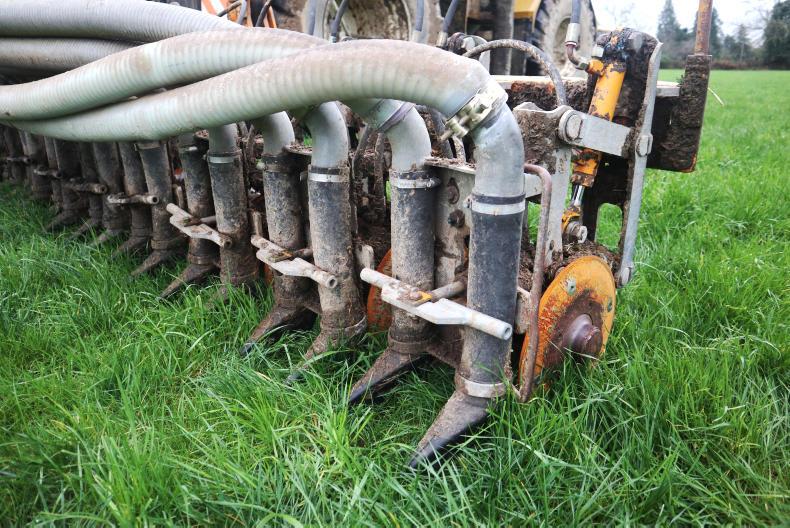
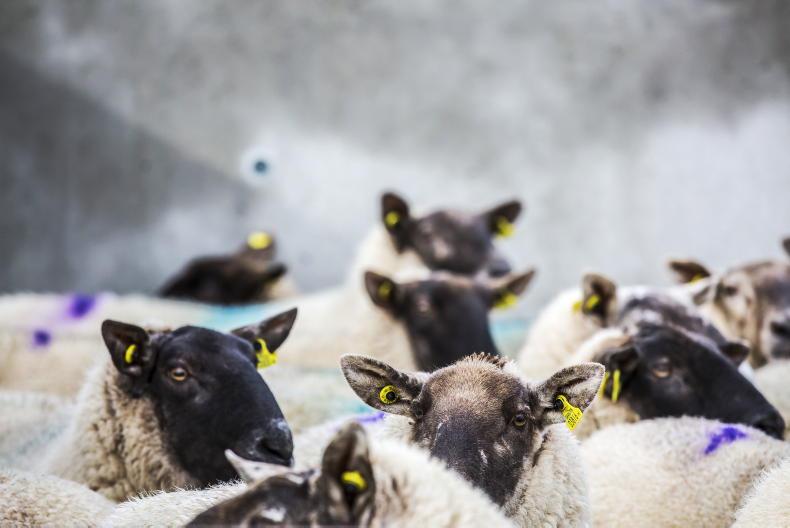
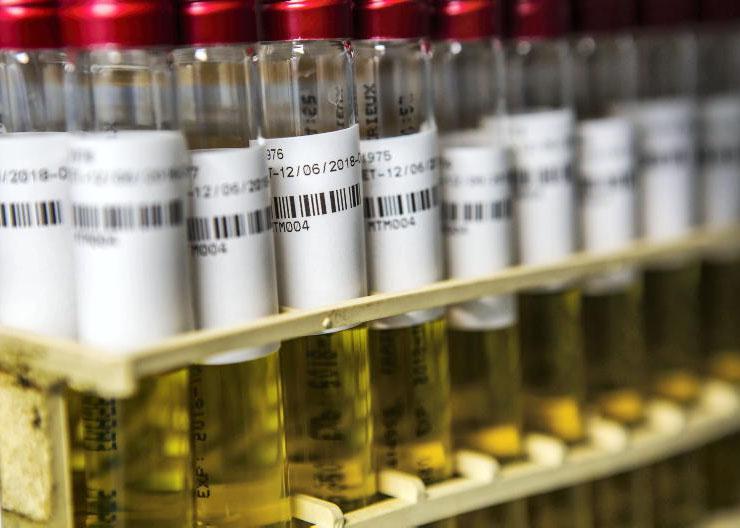
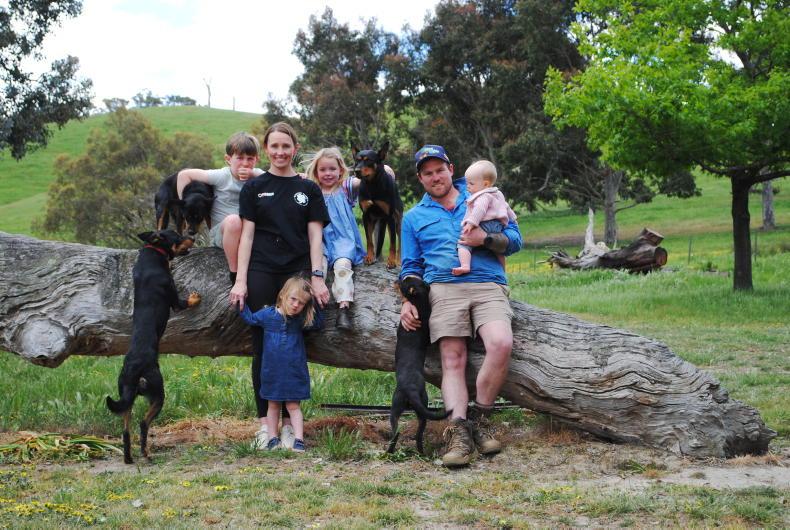
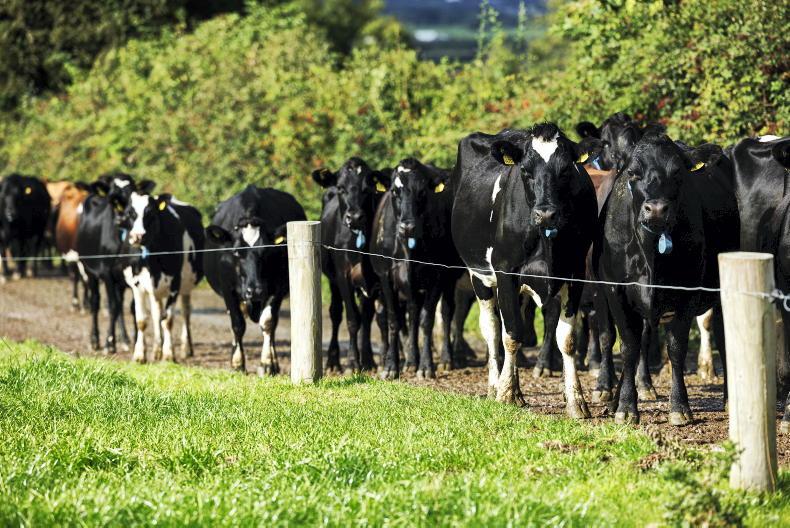
SHARING OPTIONS